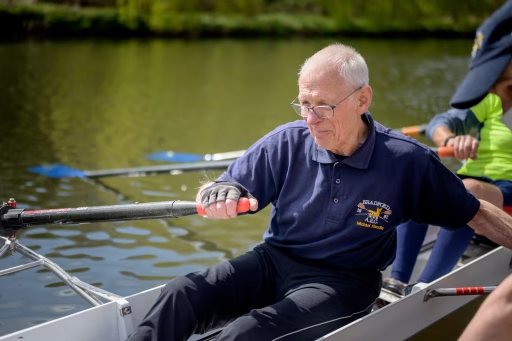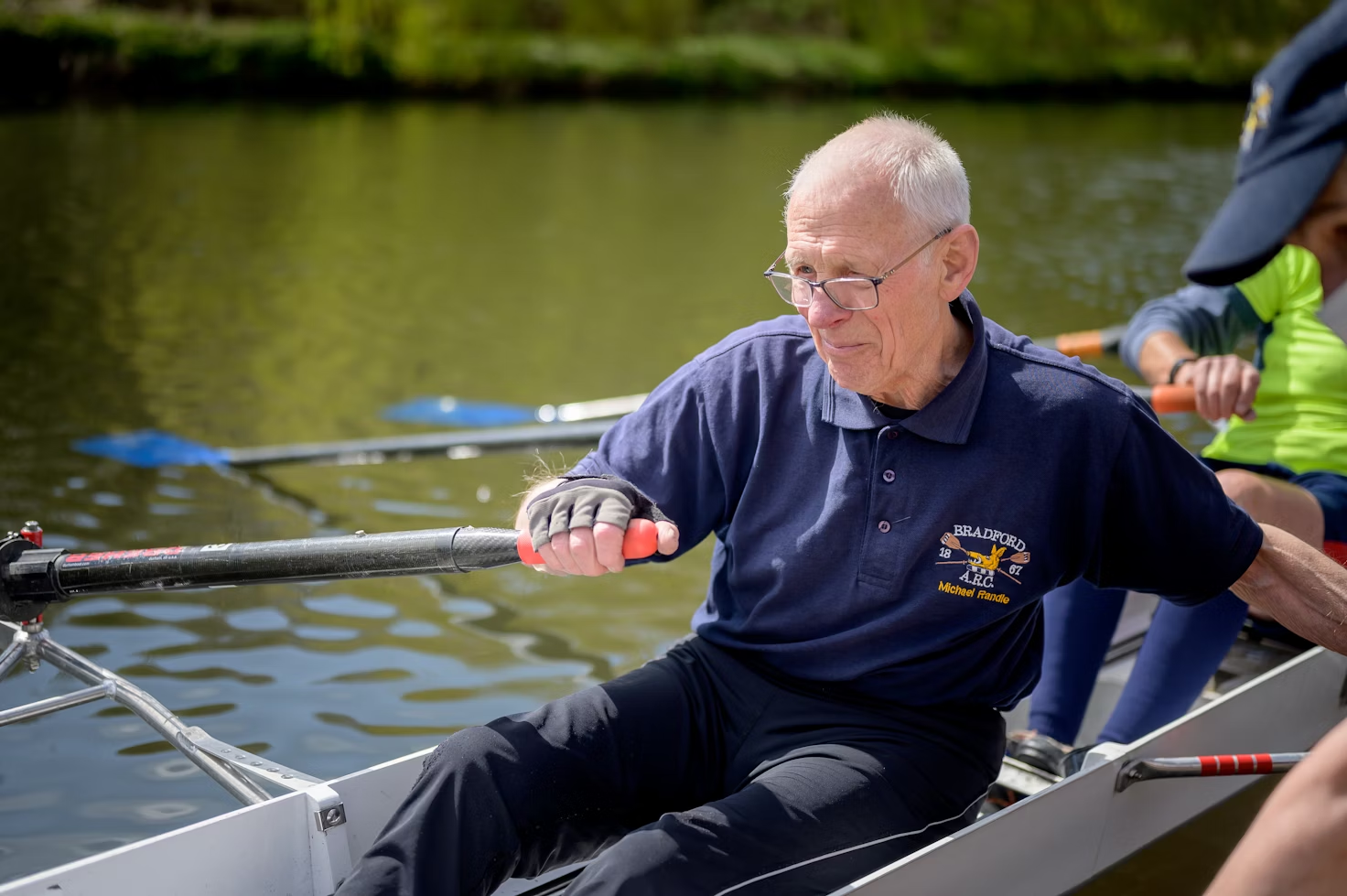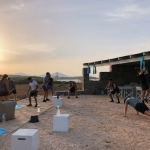What Are the 5 Components of Fitness? (And Why Should You Care?)
Healthy’s Summary
When most people think “fitness,” they imagine running miles or lifting weights. But the real picture is a bit more rounded—and maybe more achievable than you’d expect. There are five key components of fitness, and they each play a role in how strong, agile, and resilient your body feels in daily life.
Here’s a quick peek:
- Cardiorespiratory endurance: Think walking up stairs without getting winded.
- Muscular strength: Opening that stubborn pickle jar without calling for backup.
- Muscular endurance: Doing repeated tasks (like squats!) without flaming out fast.
- Flexibility: Reaching for your toes or twisting to grab something from the backseat without injury.
- Body composition: Your body’s ratio of fat to lean mass—yep, it matters.
Together, these five areas create the foundation for what we call “overall fitness.” But how they show up—and which one to focus on—can really depend on you.
What Exactly Are These 5 Fitness Components?
Let’s explore these in just a little more detail.
1. Cardiorespiratory Endurance: Your Energy Engine
This one’s all about your heart and lungs doing their thing. Basically, it measures how well your body can take in oxygen, move it around, and keep your muscles fueled during movement. If you’re gasping halfway through a brisk walk, this might be the place to start.
How to boost it?
- Brisk walking, cycling, swimming, dancing—anything that gets your heart pumping and keeps it there for a while.
- Even short bursts (like interval walking) can work wonders.
Bonus: It helps lower your risk of chronic diseases like heart disease and type 2 diabetes, according to the American Heart Association.
2. Muscular Strength: For Lifting, Pushing, and Just Feeling Strong
Muscular strength is all about how much force your muscles can generate. Want to carry all the grocery bags in one trip? This is your category.
It doesn’t mean you need to bench-press a truck. Even lifting light weights at home or doing bodyweight exercises like push-ups and lunges counts.
Strength training also supports your bones and joints, and helps fight age-related muscle loss (sarcopenia, if we’re being fancy).
3. Muscular Endurance: It’s Like Strength, But for the Long Haul
Here’s the difference: strength is about how much, endurance is about how long. For example, holding a plank or doing 20 reps of squats isn’t about brute power—it’s about stamina.
It’s what keeps your posture upright all day and lets you power through repetitive tasks without needing a nap.
To build it: Think higher reps, lighter weights. Or bodyweight movements done with control and good form.
Ask Healthy
4. Flexibility: Move Freely, Feel Better
Flexibility isn’t just about yoga poses. It’s what helps your joints move through their full range of motion. If you’ve ever pulled something reaching under the couch, you’ll understand why this one matters.
Tight muscles can lead to stiffness, pain, and even injuries. Stretching regularly—especially after workouts or long periods of sitting—can help keep you limber.
Try:
- Static stretches (holding a stretch)
- Dynamic stretches (moving through a stretch)
- Yoga or mobility-focused routines
5. Body Composition: More Than Just a Number on the Scale
Body composition refers to the percentages of fat, muscle, bone, and water in your body. Two people can weigh the same but have completely different compositions—so weight alone doesn’t tell the full story.
Improving your composition often means reducing body fat while increasing or maintaining lean muscle. It’s not about being “thin”—it’s about being balanced.
And no, you don’t need fancy scans. You can track progress with how your clothes fit, how strong you feel, or with measurements (if you’re into that sort of thing).
The Mayo Clinic highlights that improving muscle mass can help your metabolism and long-term health, especially as you age.
The Takeaway
The five components of fitness aren’t just for athletes or gym buffs. They’re for all of us who want to feel better, move better, and age with a little more ease. Some people might need more flexibility, others more endurance or strength. The cool thing? You don’t have to do it all at once.
Start where you are, focus on what matters to you, and build from there.
Want to dig deeper?
A Fresh Start
Ready to take charge of your fitness and health this year? “Get in Shape: A Fresh Start” helps you build sustainable habits for both activity and nutrition. Whether you’re aiming to lose weight, gain muscle, or just feel better, this program provides personalized tips, tracks your progress, and keeps you motivated.
Enroll in one of Healthy’s Programs to log, track and learn more about your Health, one conversation at a time.
Learn More




